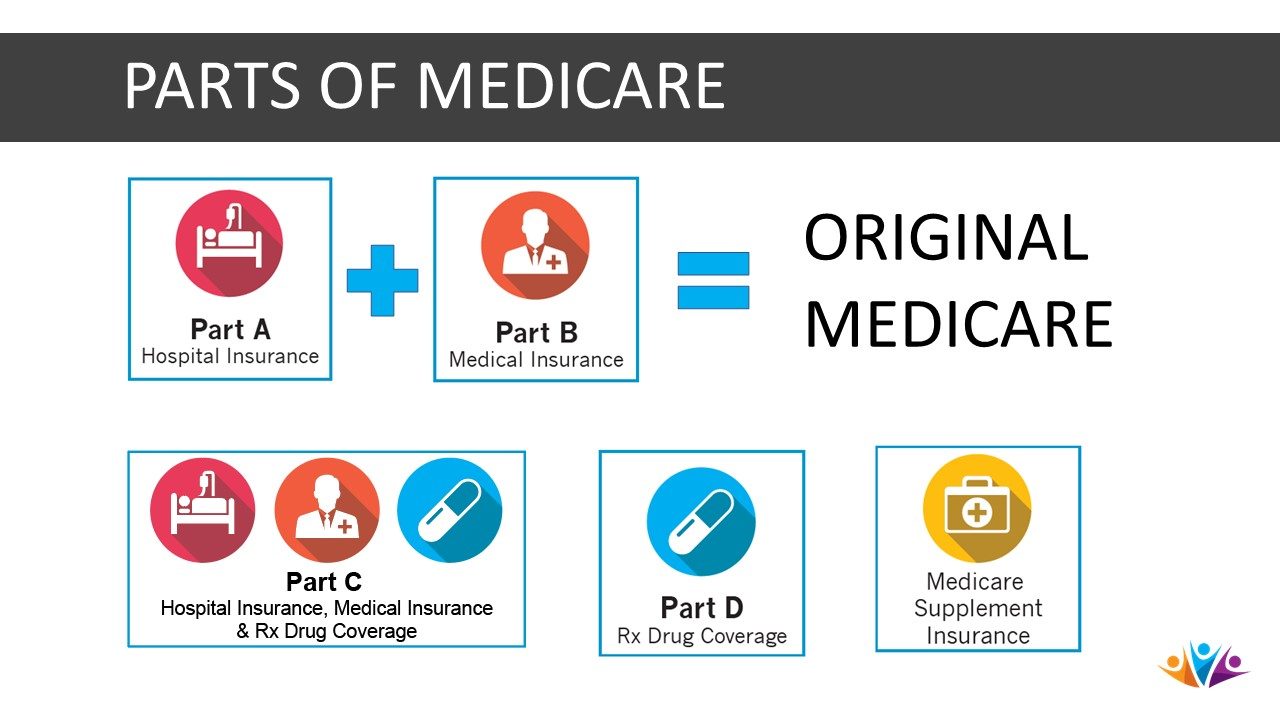Many retirees rely heavily on the money they get from Social Security. In order to calculate your retirement benefits, you must know your full retirement age (FRA). What is FRA? How is it calculated? How can you find out your personal FRA? All of these queries and more will be answered in the following sections.
What Is Full Retirement Age?
To collect your full Social Security retirement benefits, you must reach full retirement age (FRA). At the range of 66 and 67 years old, your FRA is established.
How Is Full Retirement Age Calculated?
Individuals’ FRAs are determined by their birth years. Your FRA would be 66 if you were born in 1954 or before. Your FRA would grow by two months every year if you were born between 1955 and 1959. Those with a 1957 birthday have an FRA of 66 years, six months. Your FRA would be 67 if you were born in 1960 or after.
Calculating Your Full Retirement Age
The Social Security Administration provides an FRA calculator that you may use to figure out when you can retire. Type in your age in years, and the calculator will tell you your FRA.

Why Does it Matter?
Since it influences your Social Security retirement benefit amount, your FRA is crucial. Your benefit amount will decrease if you start collecting benefits before your FRA. Payments will rise if you delay retirement until beyond your FRA.
Conclusion
To calculate your Social Security retirement benefits, you must know your complete retirement age. A person’s FRA might be anywhere from age 66 to 67, depending on their birth year. The Social Security Administration provides an FRA calculator and a database that shows FRAs by birth year so that you may easily find your own FRA. The choice of when to begin receiving Social Security retirement benefits may be greatly aided by knowledge of one’s FRA.















